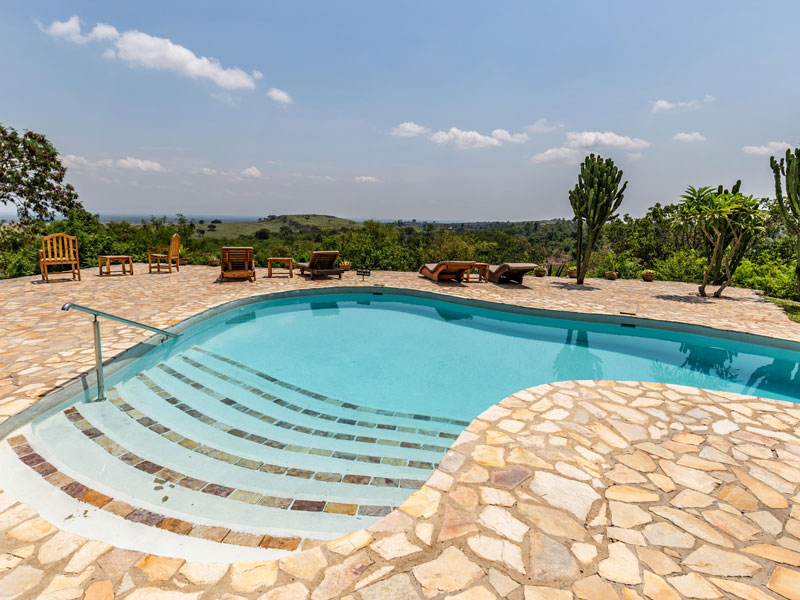QUEEN ELIZABETH NATIONAL PARK
Queen Elizabeth National Park straddles the equator, with monuments on either side of the road marking the precise location where the road crosses latitude 00. Kazinga National Park was established in 1952 and renamed two years later to commemorate a visit by Queen Elizabeth II of England. Over 95 mammal species and 600 bird species live in the park. The Katwe explosion craters are the park's highest point at 1,350m above sea level, while Lake Edward is its lowest point at 910m. Queen Elizabeth National Park is unsurprisingly Uganda's most popular tourist attraction. The park's diverse ecosystems, which include sprawling savanna, shady humid forests, sparkling lakes, and fertile wetlands, make it an ideal habitat for ten primate species, including chimps, and over 600 bird species. The park's magnificent vistas include dozens of enormous craters carved dramatically into rolling green hills, panoramic views of the Kazinga Channel with its banks lined with hippos, buffalo, and elephants, and the endless Ishasha plains, whose fig trees hide lions ready to pounce on herds of unsuspecting Uganda kob. Queen Elizabeth supports at least 95 species of mammals,it boasts of 20 carnivores like the Lion,Leopards, side stripped jackal and spotted hyena among others.
Game Drives

Bird Watching








